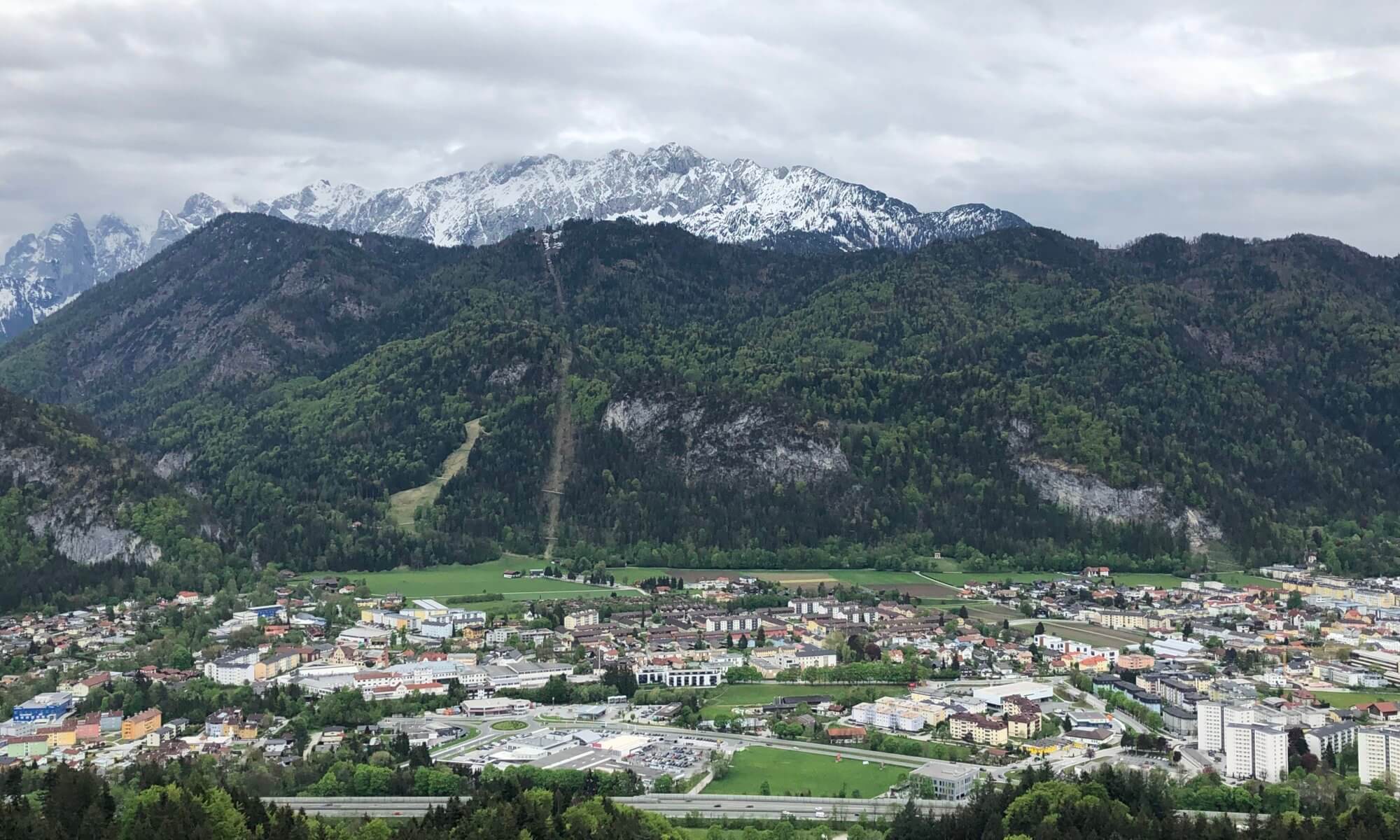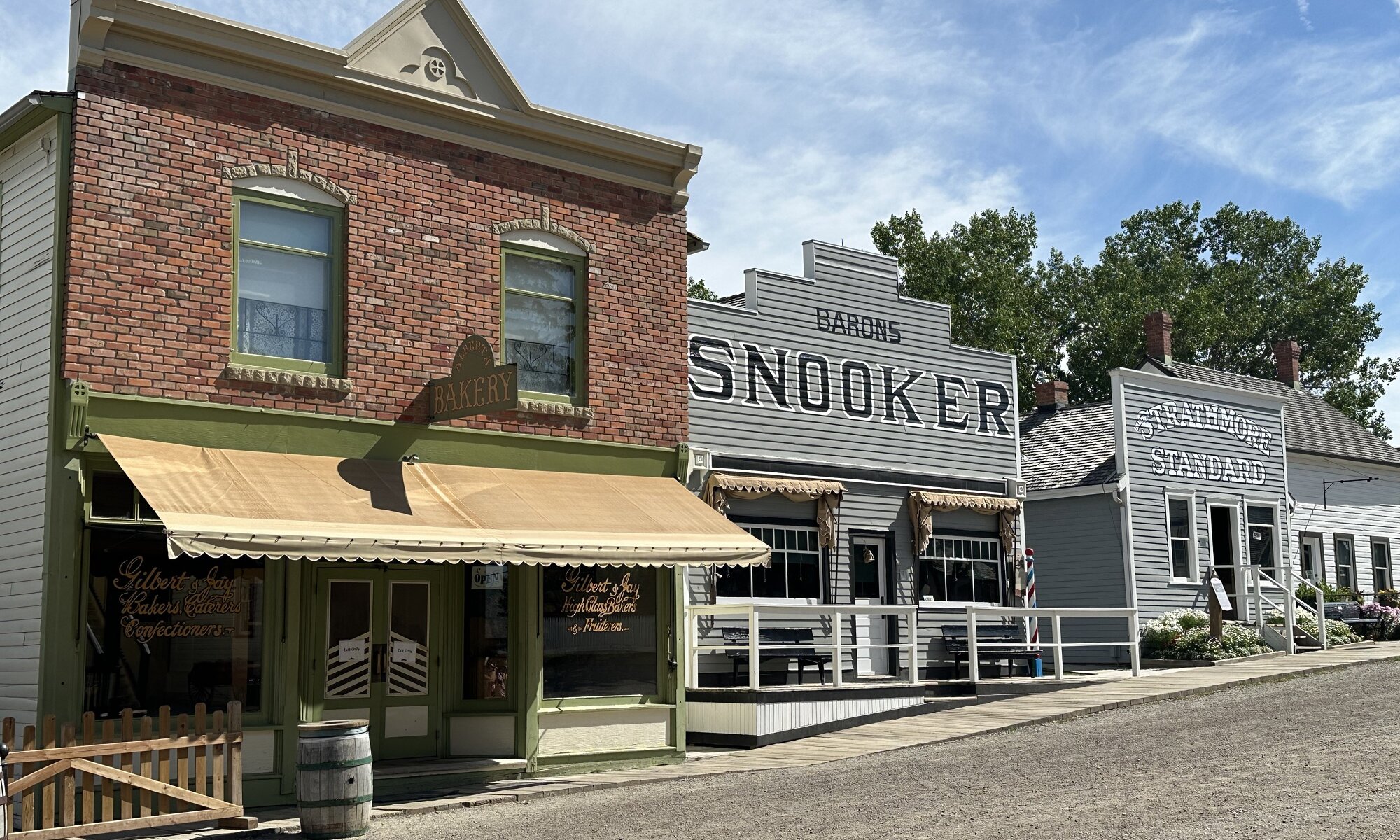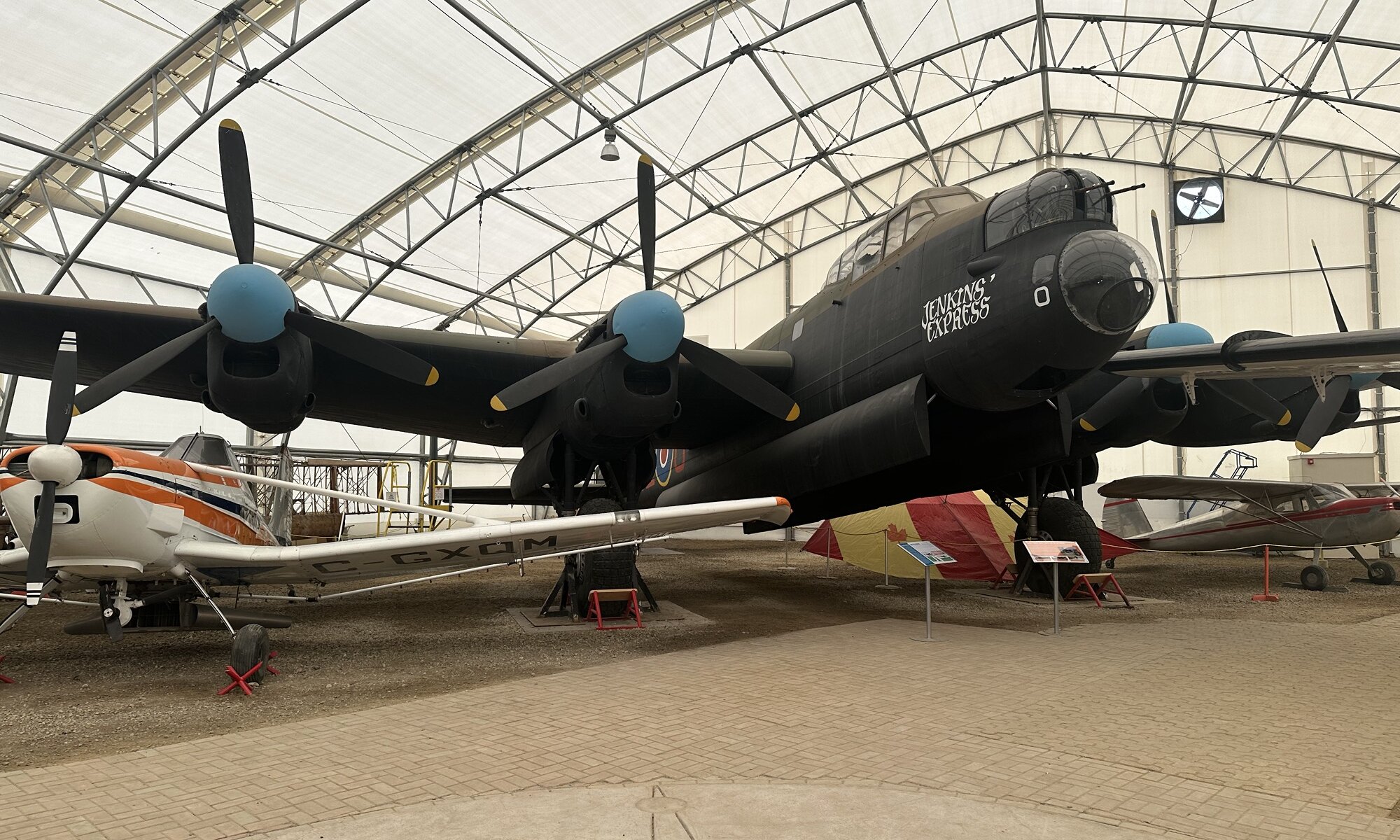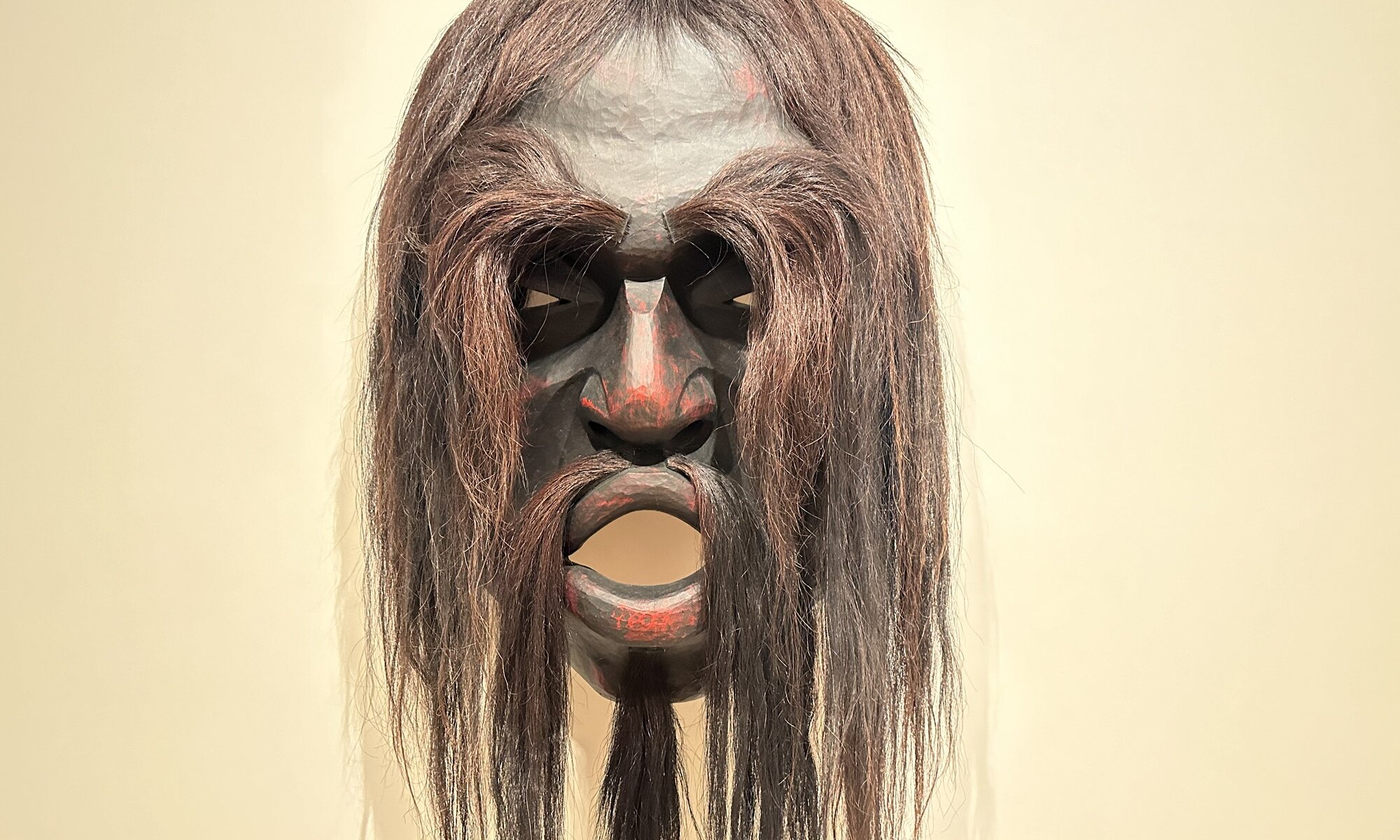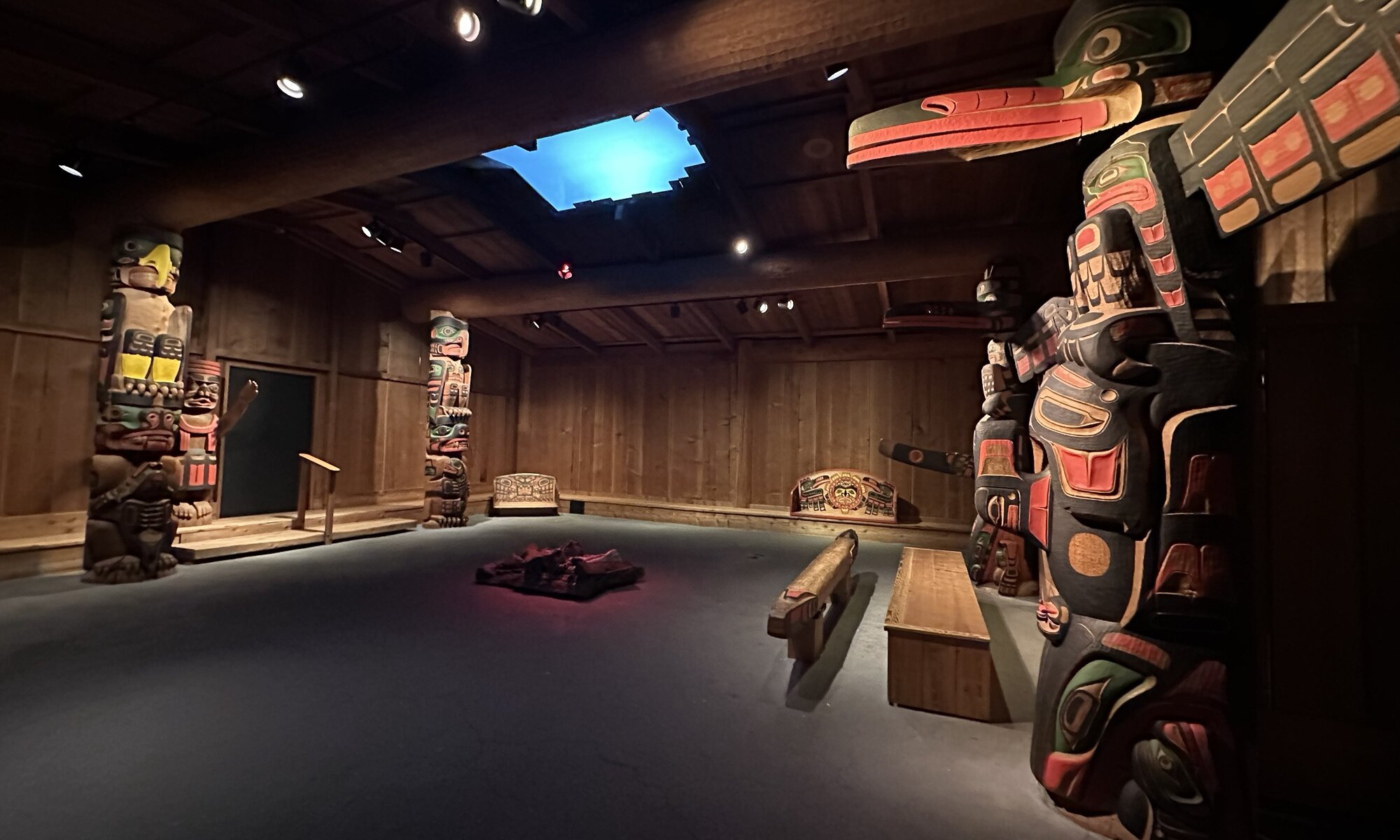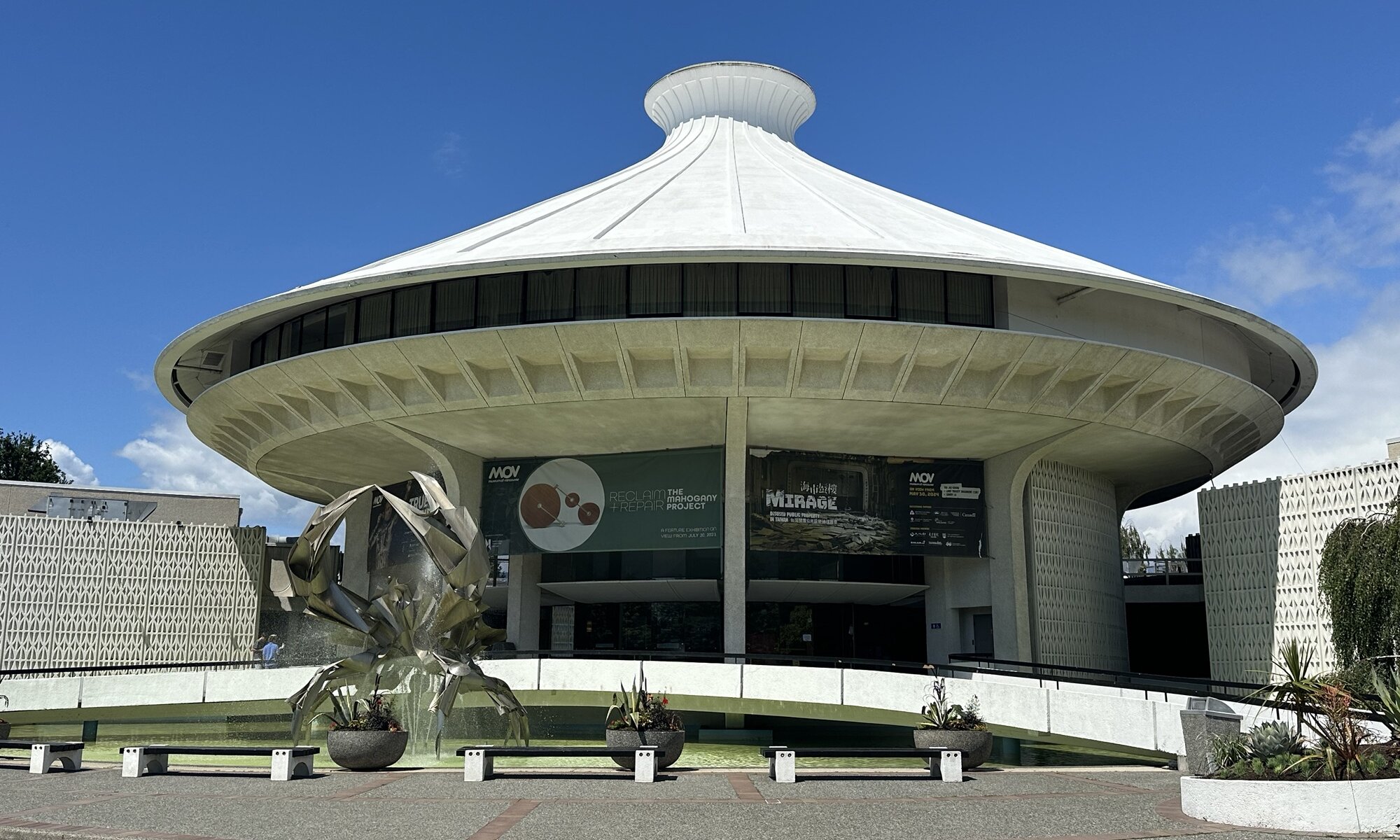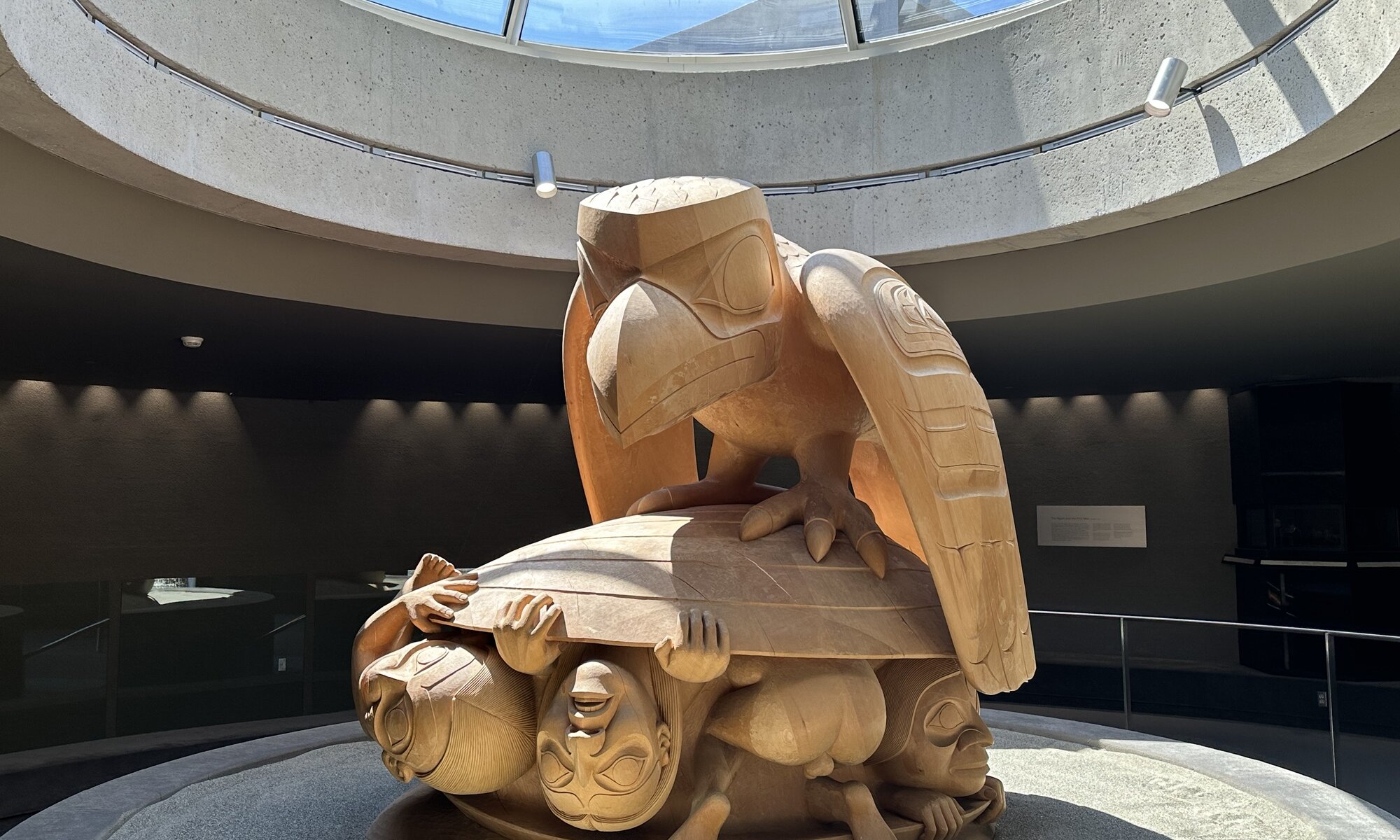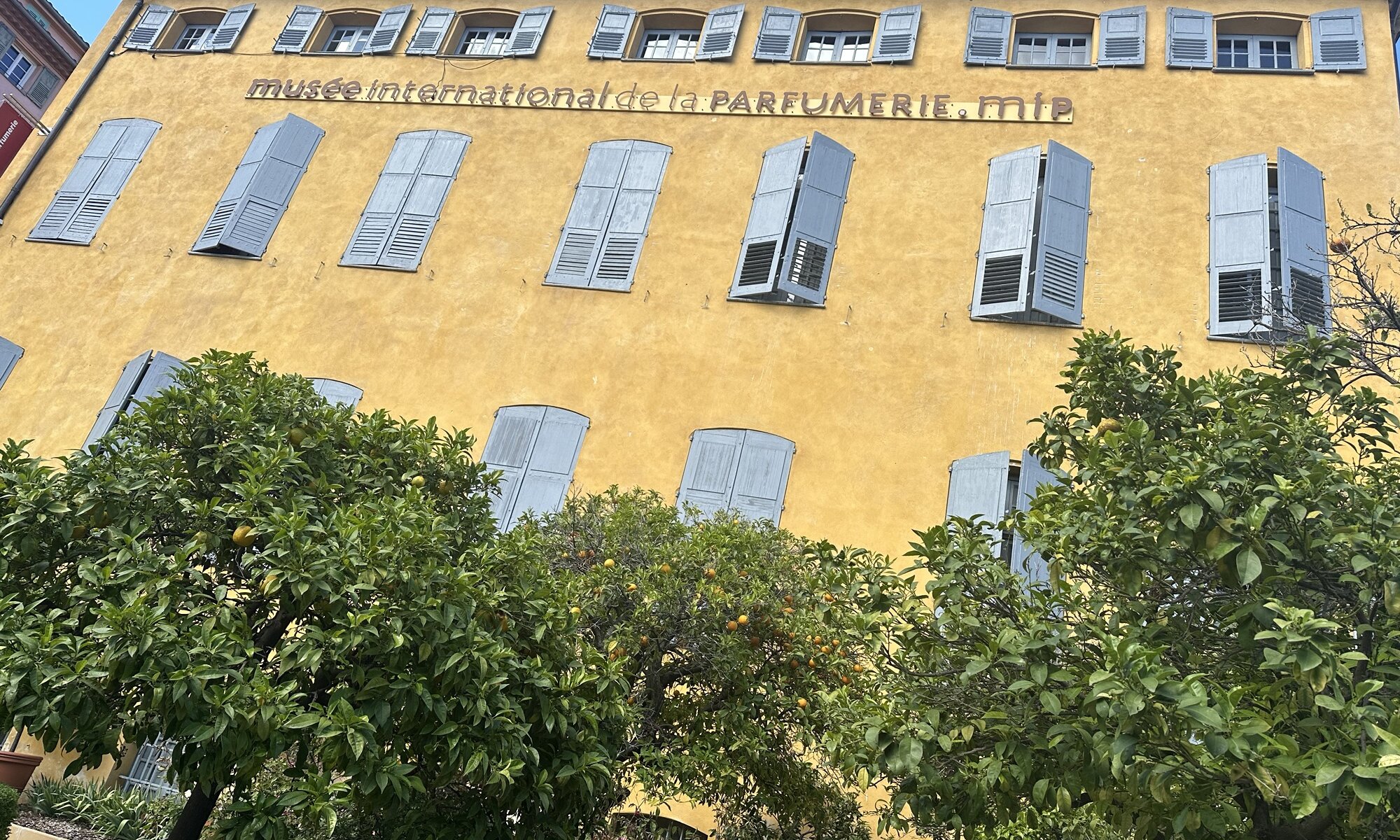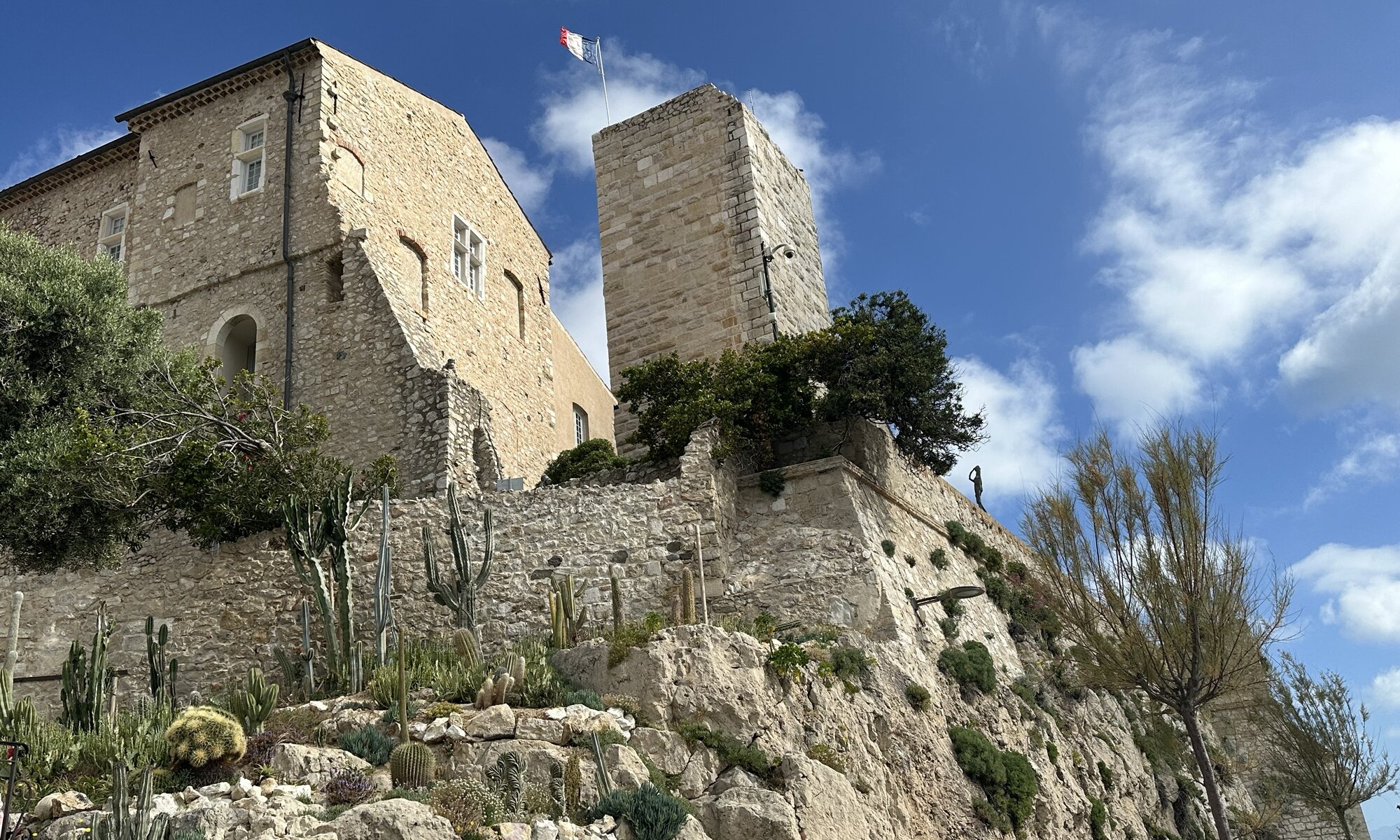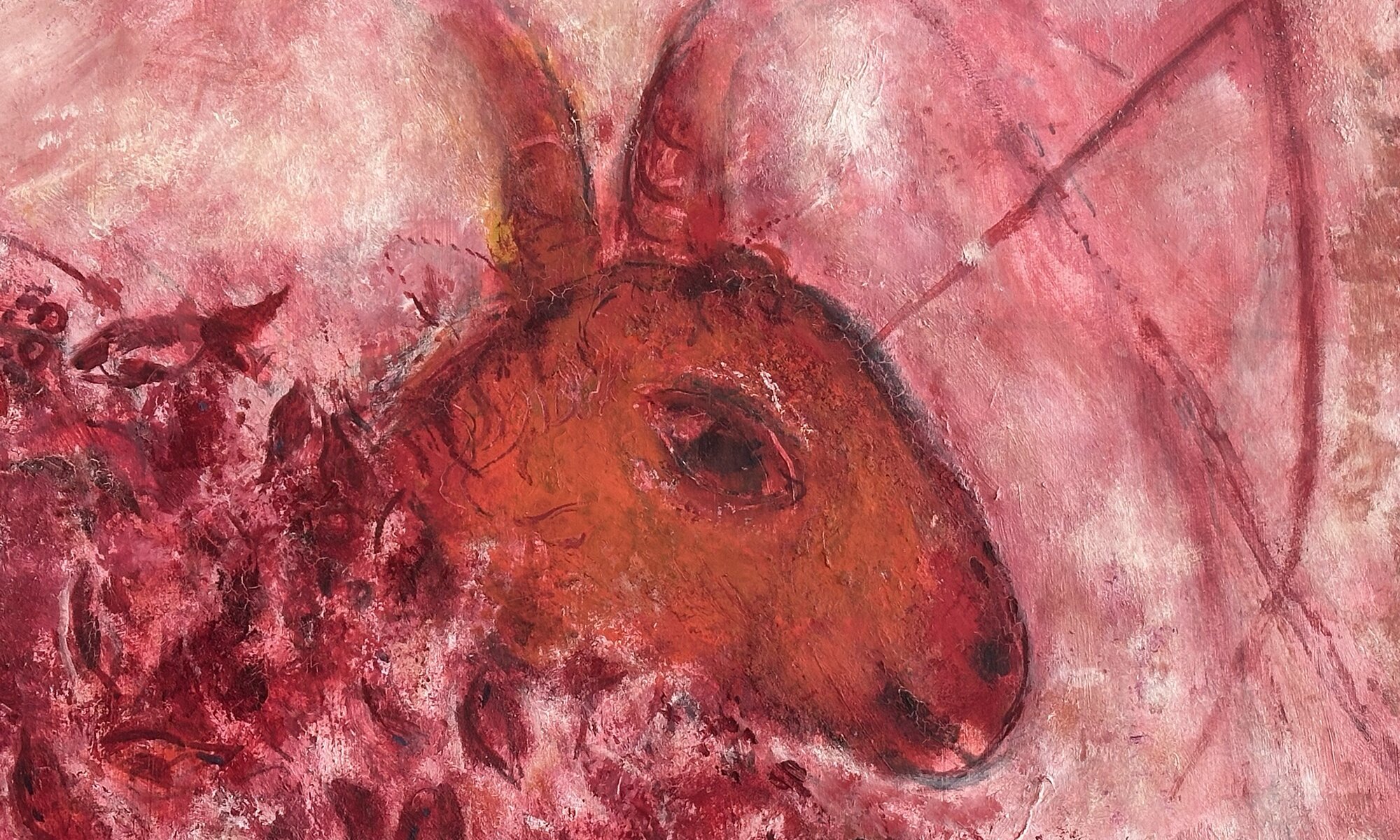Heritage Park Historical Village in Calgary is Canada’s largest living history museum, offering visitors an immersive journey through Western Canada’s past. Spanning 127 acres, the park features over 180 exhibits, including a working steam train, historical buildings, and costumed interpreters who bring history to life. Divided into distinct eras, the park showcases everything from 1860s fur trading posts to a 1930s town, allowing guests to experience what life was like for early settlers, Indigenous peoples, and railway pioneers.
Continue reading “Canadian history”The Hangar
The Hangar Flight Museum in Calgary is a fascinating destination dedicated to preserving and showcasing Canada’s rich aviation history. Housed in a historic Second World War-era drill hall, the museum features an impressive collection of civilian and military aircrafts, including vintage planes, helicopters, and artifacts that highlight the evolution of aviation in Canada.
Continue reading “The Hangar”Potlatch
The Audain Art Museum, located in Whistler, British Columbia, is a stunning architectural and cultural landmark that showcases an impressive collection of Indigenous and contemporary Canadian art. One of its highlights is its extensive collection of First Nations artworks, including historical and modern carved masks, totem poles, and paintings from the Coast Salish, Haida, and Kwakwaka’wakw peoples. A key theme in many of these works is the Potlatch, a traditional ceremonial feast and gift-giving event among Indigenous peoples of the Pacific Northwest.
Continue reading “Potlatch”Royal BC
The Royal BC Museum is located at the inner harbour of Victoria. It was founded in 1886 and is one of the most important museums in Canada focusing on history, anthropology and natural history. Core of the museum and its archive are the collection of items belonging to the 198 tribes of the First Nations at British Columbia (BC). While these were sometimes bought and sometimes taken away in the past, the relationship of the First Nations and the museum of improved massively in the recent past and the items are reconnected to the tribes.
Continue reading “Royal BC”Civic museum
Welcome to the oldest museum of Canada, dating back to 1894. The current building was designed in New Formalism style by architect Gerald Hamilton and I quite like this special architecture that looks like a crossover of an UFO and a circus tent. The museum itself focusses on the past, present and future of the city of Vancouver and the selection of topics is pretty broad: for example they connect the topic of empty publicly owned residential buildings at Taiwan with Vancouver, asking where the residents see vacancy in their city.
Continue reading “Civic museum”First Nations
The city of Vancouver is located on the traditional land of the First Nations called xʷməθkʷəy̓əm (Musqueam), Sḵwx̱wú7mesh (Squamish) and səlilwətaɬ (Tsleil-Waututh). Getting onto their unceded land is a very good reason to learn more about their traditions and the best place for that is the Museum of Anthropology quite a bit afar from downtown. It is part of the University of British Columbia (UBC) and located at their campus just a 20 minutes ride by car west along the coast.
Continue reading “First Nations”Science World
It is impossible to overlook Science World at the eastern end of False Creek: it is located in a large geodesic dome created for the world exhibition Expo 86. Since 2005 this dome contains a nice science museum with many experiments suitable for smaller kids and teenagers – but even adults can have a lot of fun there by experimenting with different natural phenomena.
Continue reading “Science World”Le Parfum
When visiting Grasse you can stop at the historic perfume factories like Fragonard, Galimard and Molinard to learn about fragrance making, but you should definitely also have a look at the Musée International de la Parfumerie; a very unusual museum and a topic I had never explored before. As the small city of Grasse at the French Côte d’Azur is considered the world capital of perfume you can have a deep-dive here and fill your nose with lots of different scents.
Continue reading “Le Parfum”Musée Picasso
You can’t ignore the beauty of Antibes at the French Côte d’Azur, the charming old houses in the city center at the coast of the Mediterranean Sea. Next to the cathédrale Notre-Dame de l’Immaculée Conception you’ll find the ancient fortress of the Grimaldi family from the 12th century. In 1608 it became owned by the French crown and since 1966 it houses the Musée Picasso, a nice art museum on Place Mariejol directly at the sea.
Continue reading “Musée Picasso”Goats
Marc Chagall was a Russian-French painter born in Witebsk that today belongs to Belarus. He was travelling much and living at St. Petersburg, Paris, Berlin; in Mexico and the USA. He is seen as an expressionist and you can easily recognize his works because of his special colorful style and the symbols he continuously uses; elements coming from his hometown, the circus world and the bible. One of these is the goat that you can discover in many of his works, sometimes just as a tiny additional element, sometimes in focus playing the violin.
Continue reading “Goats”